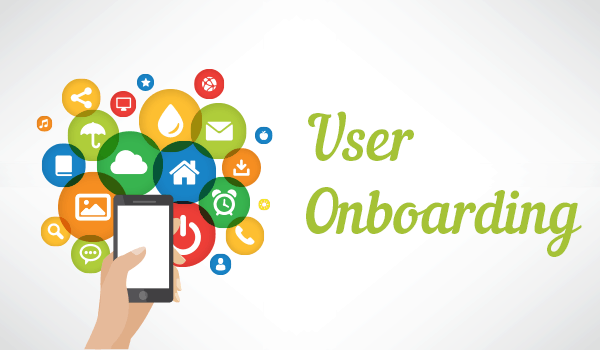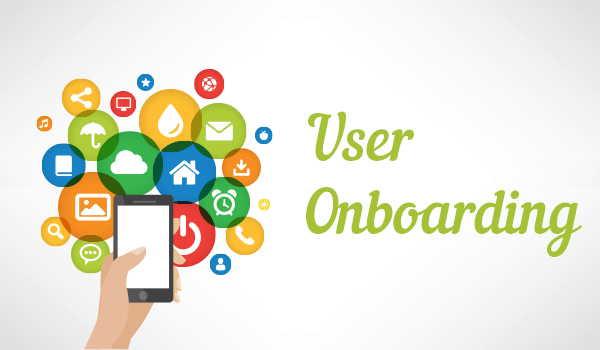Product onboarding is the process of teaching new users how to use your product. The objective is to help them become self-sufficient as quickly as possible, but also to understand how they can achieve their goals with your product.
Some common methods for successfully onboarding a user are: writing a manual, presenting them with a tour at first launch, and showing popups that teach the basics after an action.
In this article we’ll take a look at what integrating user onboarding into your product entails, why it’s so important, how you can do it yourself and where to guest post.
 Why Use User Onboarding?
Why Use User Onboarding?
First of all, if you haven’t already done so, make a list of every action your product takes a user through. Do this for every new user that joins your product. Then, from all of these actions, select 3 that users will perform most often and write down the corresponding actions the user will be shown after they complete this action.
You can use any method you want to collect this data – it doesn’t matter what medium you use as long as it’s thorough and provides accurate data. If you don’t have a data collection system in place, try creating a spreadsheet to keep track of these actions.
The spreadsheet might look something like this:
Get the data from the actions that you’ve already listed and analyse it. You’ll quickly discover that users will go through a number of different actions while using your product – some common ones are: reading content, adding content, setting up an account, managing their content, and managing their profile.
The good thing about having this understanding is that you can make your onboarding process more effective because you know what information should be given to people after they complete each action.
If you don’t have this understanding, the user onboarding process will likely be haphazard. You might integrate a few message windows onto your site or create popups that show up now and again, but chances are that they’ll miss their target or won’t provide any value to users.
Before we take a look at how to integrate user onboarding into your product, let’s take a quick look at what modern day user onboarding is and how it can improve the lives of your users.
What Is User Onboarding?
As we’ve already mentioned, user onboarding is an important part of implementing your product because it communicates the value of your product to new users and helps them achieve their goals.
When you think about it, onboarding is nothing new. The term ‘onboarding’ was used in the 90s to describe the process of getting new users ready for training. This is why it can be described as an evolution of the term ‘user training’.
Onboarding begins when a user signs up for or registers their account on your website or application. The user is given an option to view some content before they start using your product – in most cases they’ll be asked to create an account with their email address (to verify their identity) and password (to protect their personal information). They’ll also be emailed with a verification link that they must click before they can access your product.
Make your product different from competitors
Once they’ve completed all of these steps, they’re ready to begin using your product. They haven’t achieved their goal just yet – but now they’re one step closer than before.
At this point you can begin to onboard your users by explaining the functionality of your product. You should definitely use this time to highlight what makes your product different from competitors and how it can help them achieve their goals. And finally, you should take the user through the main functions of your product so that they’ll be able to use it independently after signing up.
If you plan to use an email automation service like MailChimp or Constant Contact- you’re in luck because they provide applications that let you do this efficiently and easily.
A common mistake that many companies make is not providing users with enough information about the benefits of their product until they’ve actually used it. This can cause confusion because people will wonder why they were given this information at all, and if it was pointless or made no sense for them to use your product.
Actual function
In our example above, you could have provided users with a tree view of every functionality offered by the application so that they could see exactly what they were missing out on before signing up. This would have been far more effective than asking them about the features after they’ve signed up – which is often a distraction from the actual function of your product.
A few months into the product’s life, you can use this list of features to create a checklist that you can post on your site or application. This will make it quicker for users to complete the onboarding process because they’ll know exactly which actions they need to take next.
How To Integrate User Onboarding Into Your Product
Now that you know how important it is to integrate user onboarding into your product, let’s learn how to do it with some examples.
Ideally, you’ll want to integrate onboarding into the product itself so that it happens automatically for every new user. You can use a service like GA or HubSpot to do this. If this is the case, here’s how it would work:
Create a folder under your form collection called ‘Onboardings’ and upload all your onboarding documents here.
Note:
The following processes should be done on a weekly basis unless otherwise stated – otherwise, the users will become confused and stop using your product. If you’re creating an automatic integration, make sure to set aside time from each day to complete these tasks as soon as possible after they’ve been completed.

 Why Use User Onboarding?
Why Use User Onboarding?